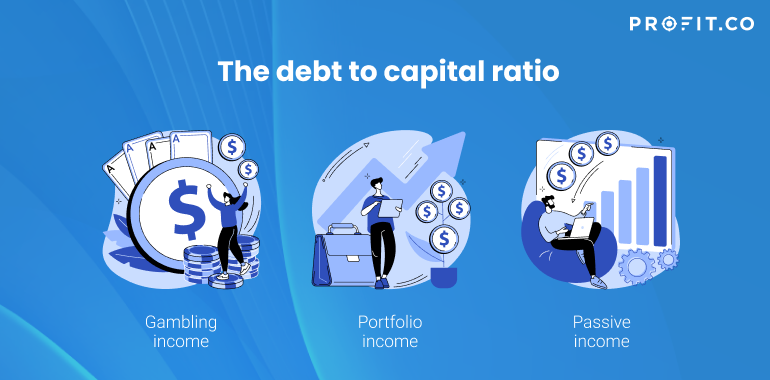An important liquidity ratio, the debt to capital ratio measures a company’s strategy when it comes to using its financial leverage. More specifically, it compares its total obligations in relation to the total capital. That would mean that the ratio assesses the proportion of debt a firm utilizes for financing its operations, in comparison with its capital.
With that in mind, we could argue that this ratio focuses on measuring the risk level associated with a firm. It analyzes how effectively a company handles its downturn sales, as it focuses on the link between equity financing and debt.
An Analysis
Evidently, all financial operations through loans come with a range of risks that shouldn’t be undermined. That’s primarily because both the interest and the principal have to be paid to the lender. As a result, companies that have a higher debt to capital ratio are thought to be riskier than their counterparts. Fundamentally, these companies have to keep the same sales levels in order to financially cope with their debt servicing obligations. Hence, if a downturn in sales would to happen, this might result in solvency issues.
On the other hand, debt loan financing provides the opportunity for abnormal returns to shareholders. So, as long as the loan is used in a sensible manner, the company can potentially earn more on loans than the approximate cost of the debt. This way, the shareholders’ returns would grow.
That being said, investors depend on the debt to capital ratio to determine the risk level of a company according to its financial structure. When the ratio is high, that would mean that the company is expanding by utilizing debt for financing its operations. Meanwhile, a low ratio points that a firm increases its funds via the current revenues of shareholders. In a similar way, creditors depend on this measurement to see if a company is suitable for receiving financing or it is too leveraged.
The Formula of the Debt to Capital Ratio
After all this talk about the debt to capital ratio, let’s move on to discussing how we calculate it, right? The formula you should use is the following:
It’s quite evident that we’re not dealing with a super complicated equation. To be more precise, the total debt figure should incorporate the firm’s long-term and short-term liabilities. Moving on, the shareholder’s equity figure should include the firm’s equity comprising of preferred stock, common stock, and minority interest.
Concluding Remarks
As you can see, the debt to capital ratio is a critical measurement as it allows investors and creditors to establish if a company is dependent on debt to finance its daily operations or not. At the same time, another fundamental goal of this ratio is to analyze the risk level to a firm’s shareholders. Evidently, this means measuring the creditworthiness of the business to see whether it is likely to meet its liabilities or not.
